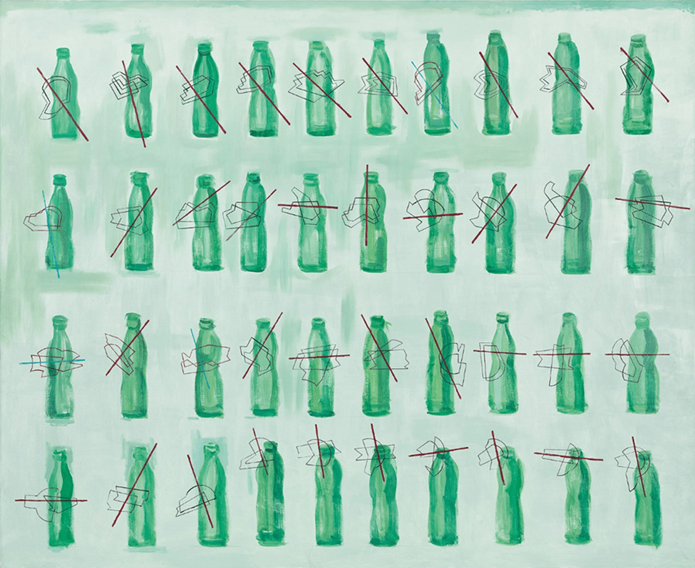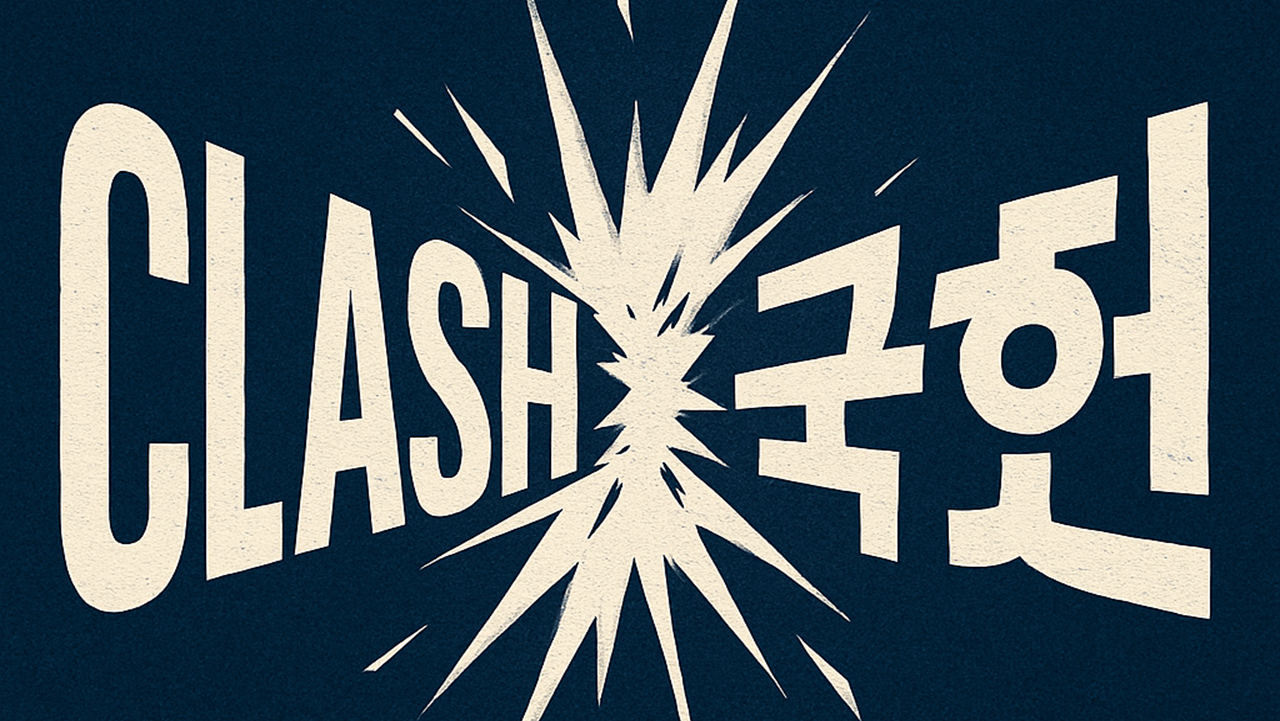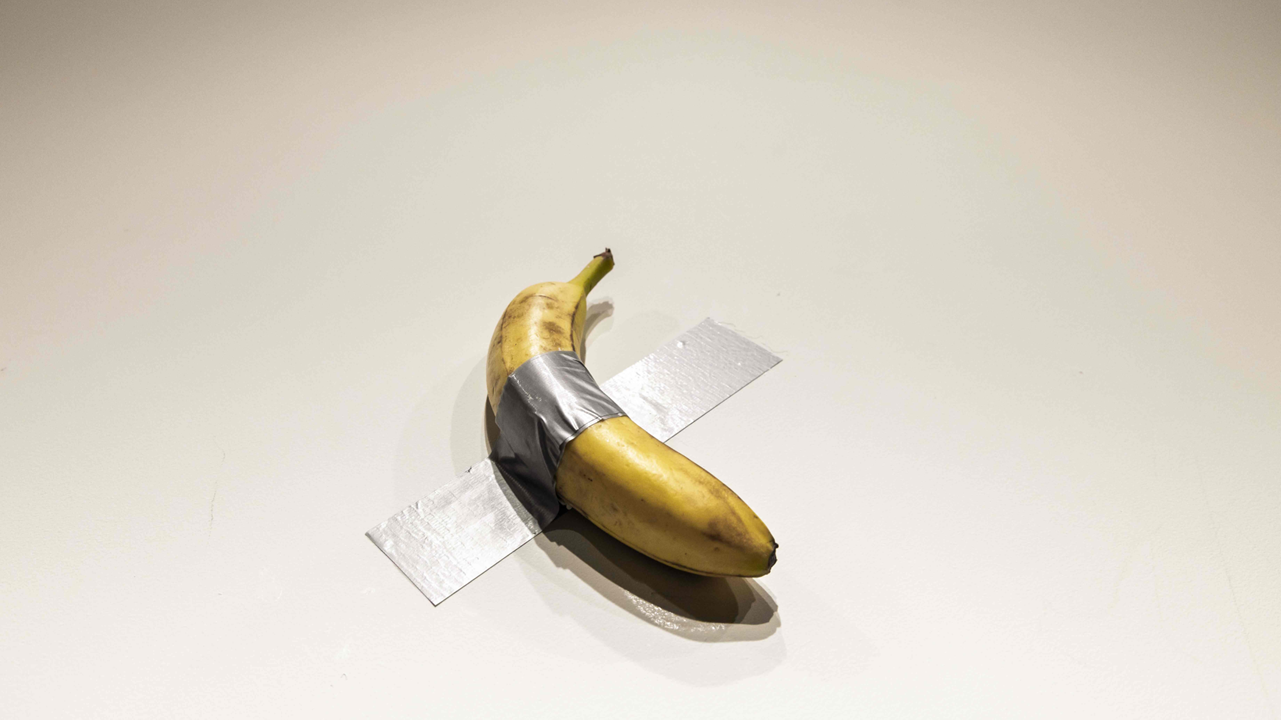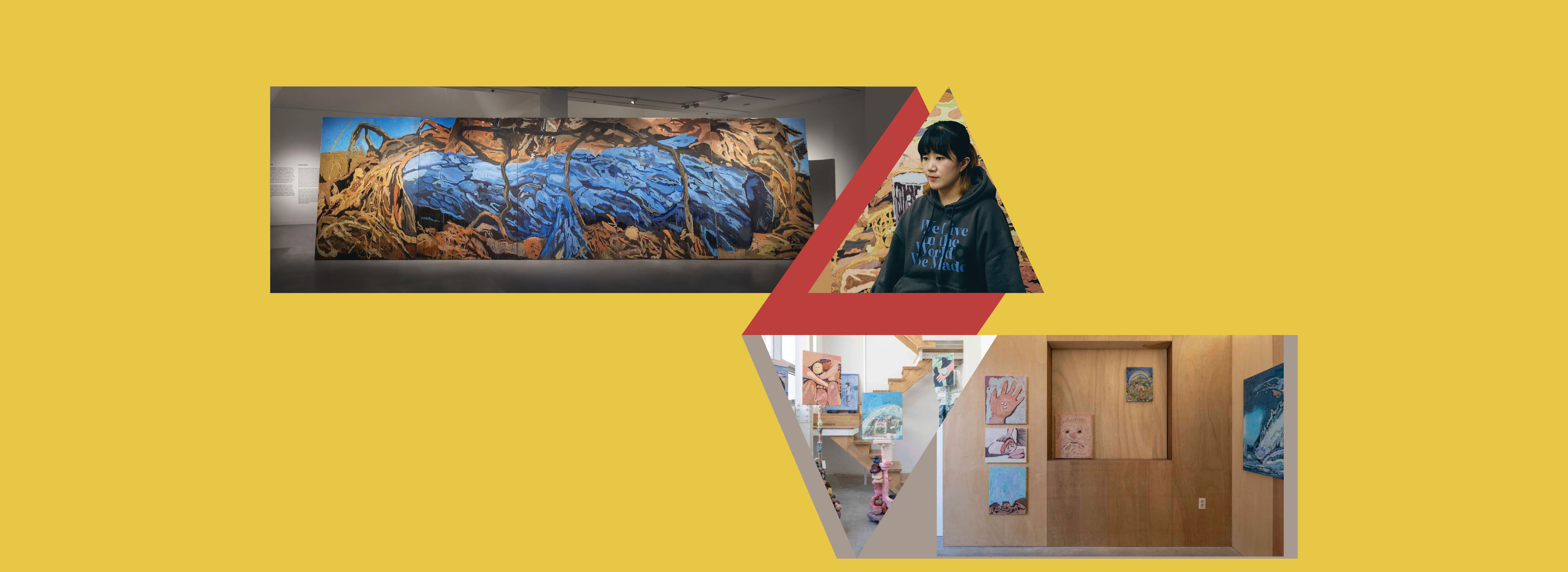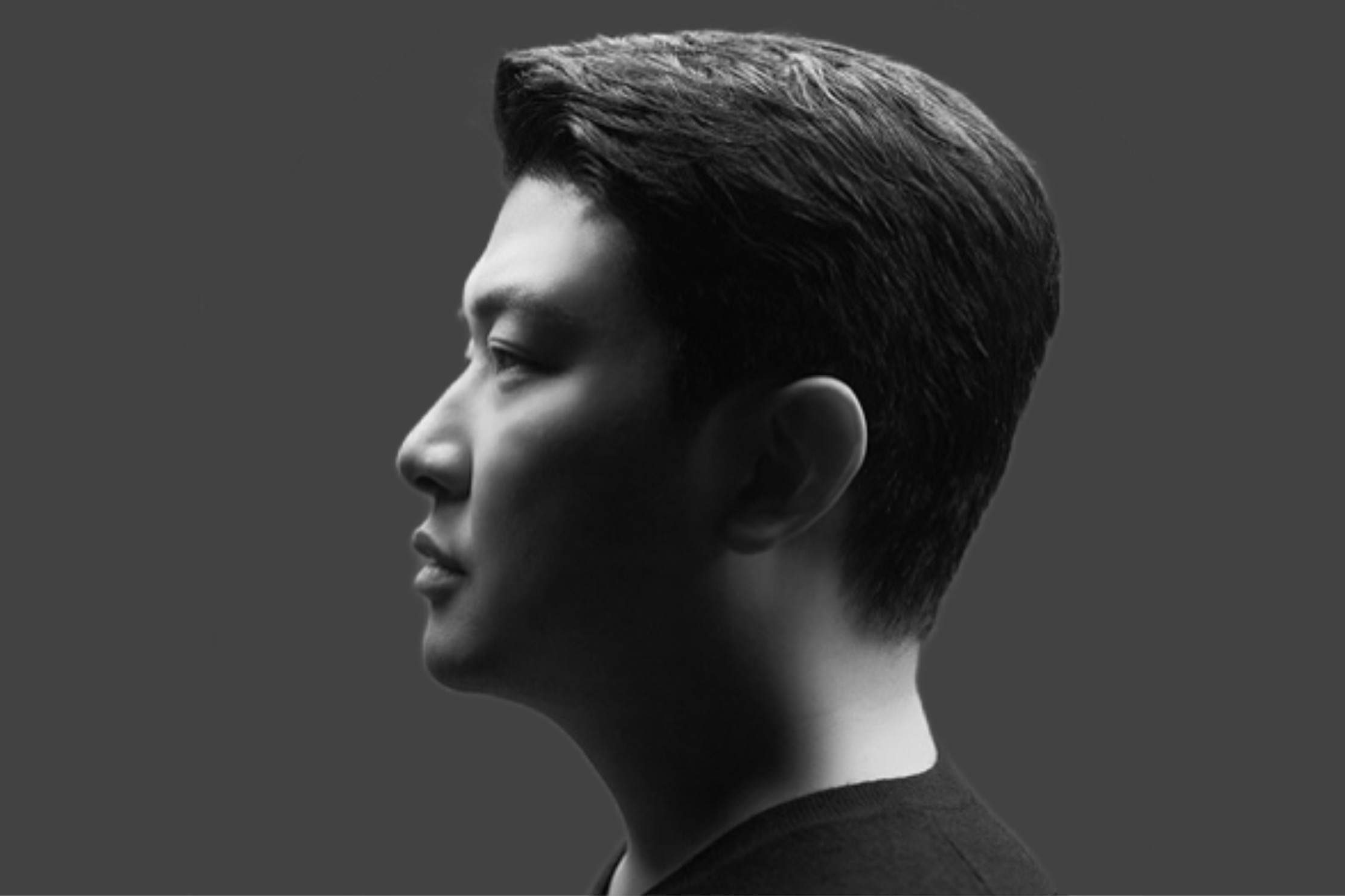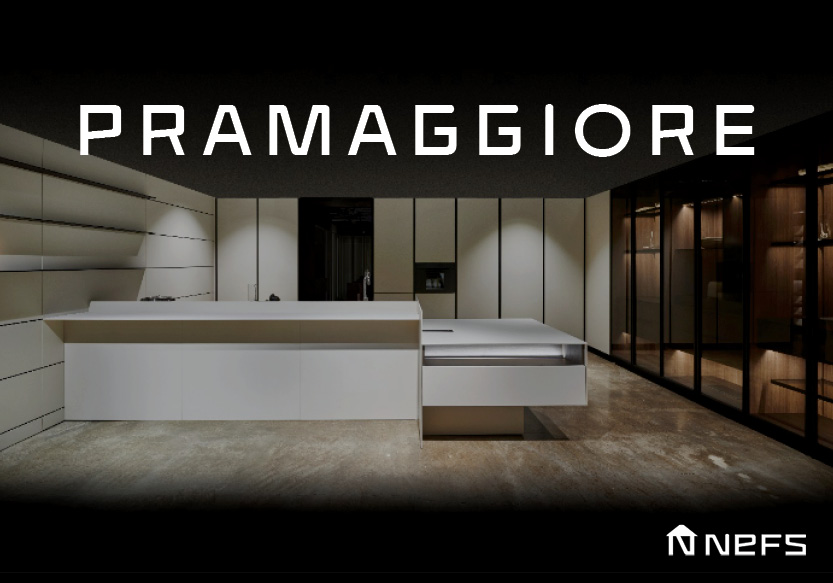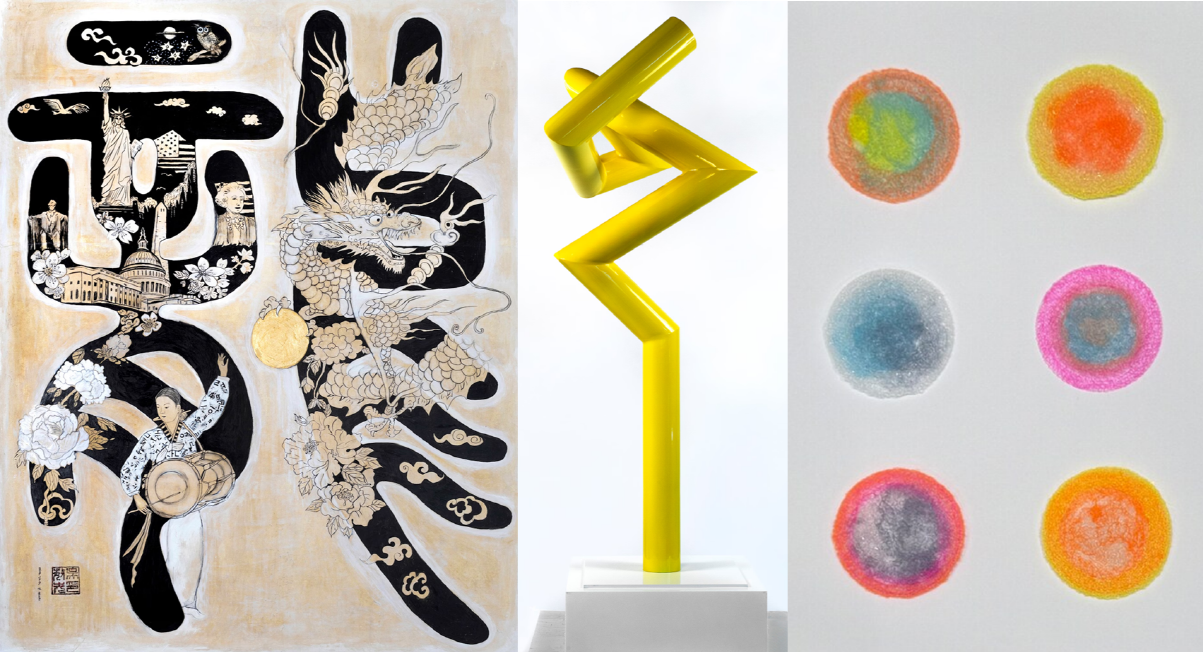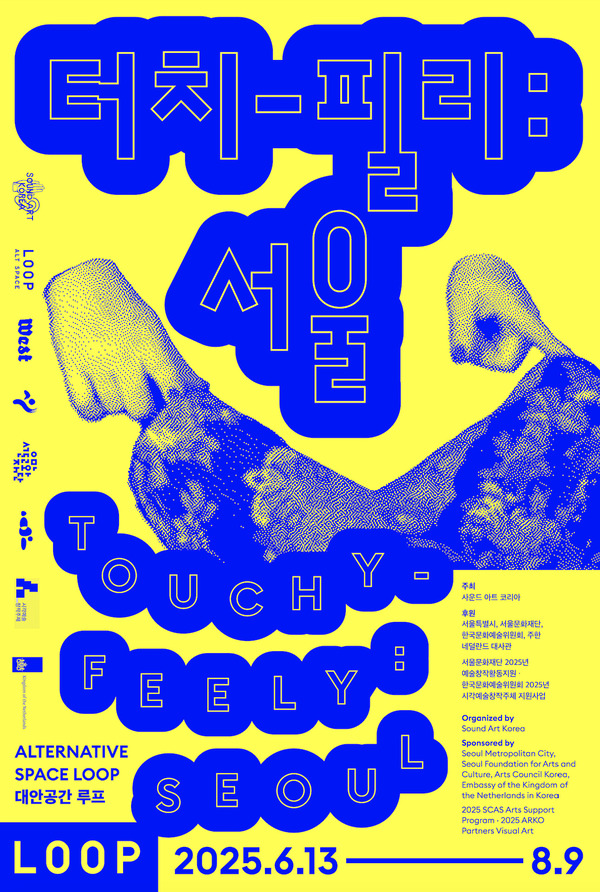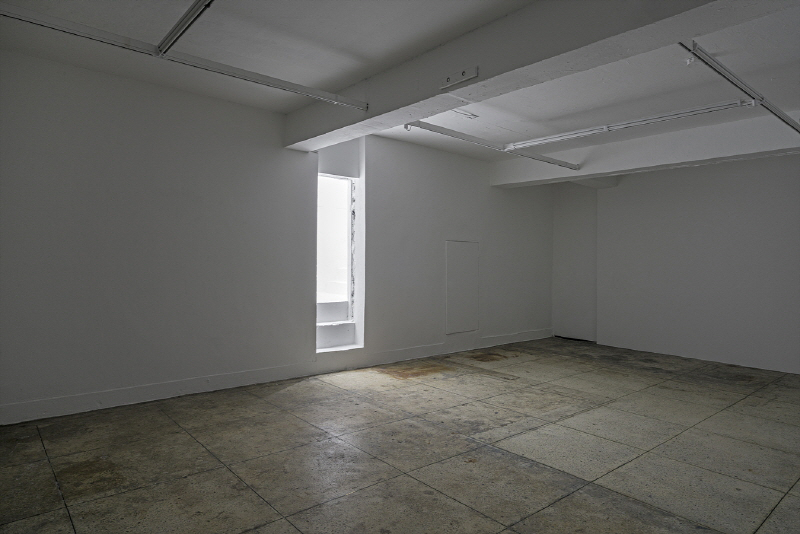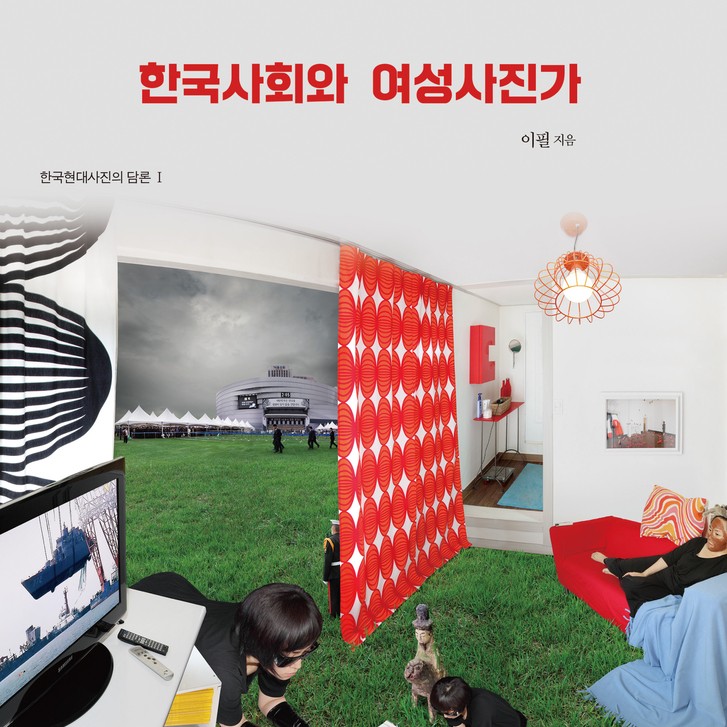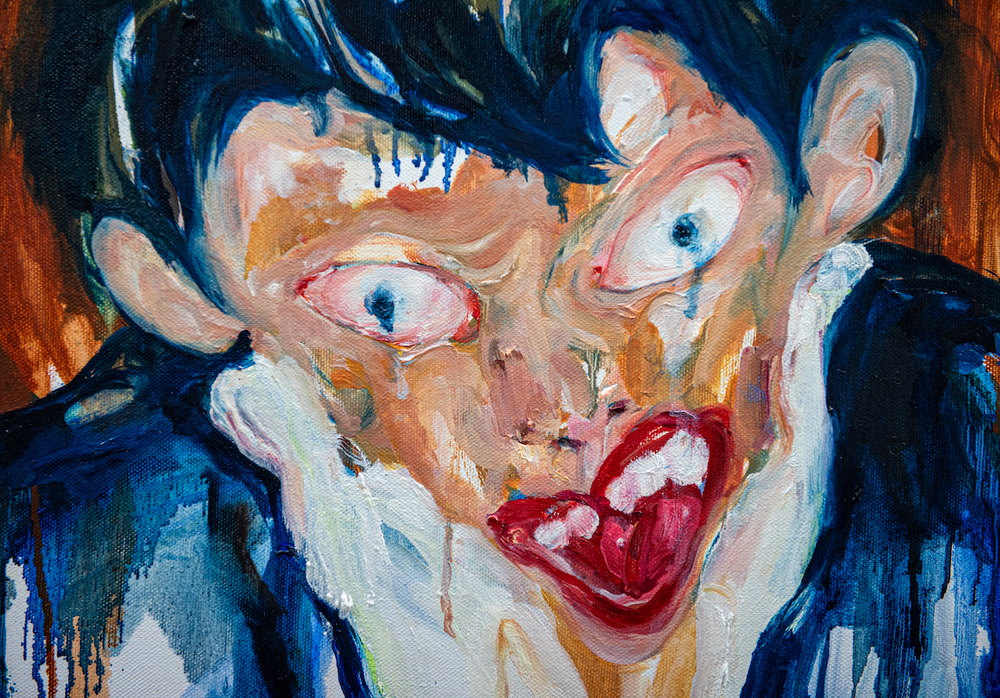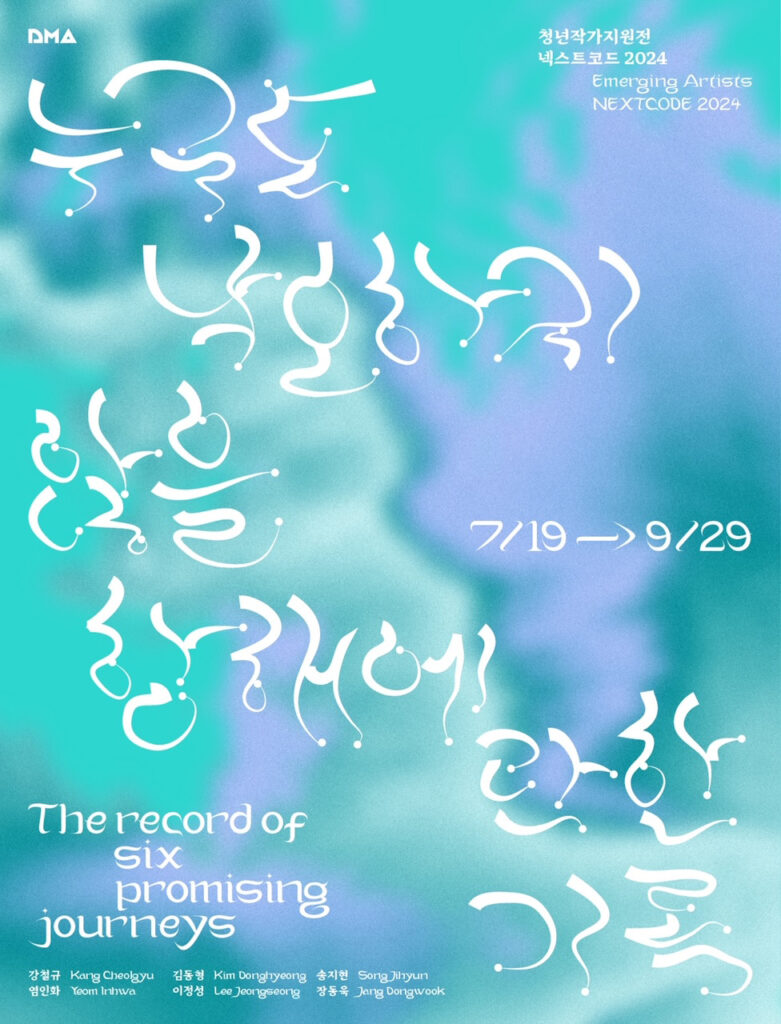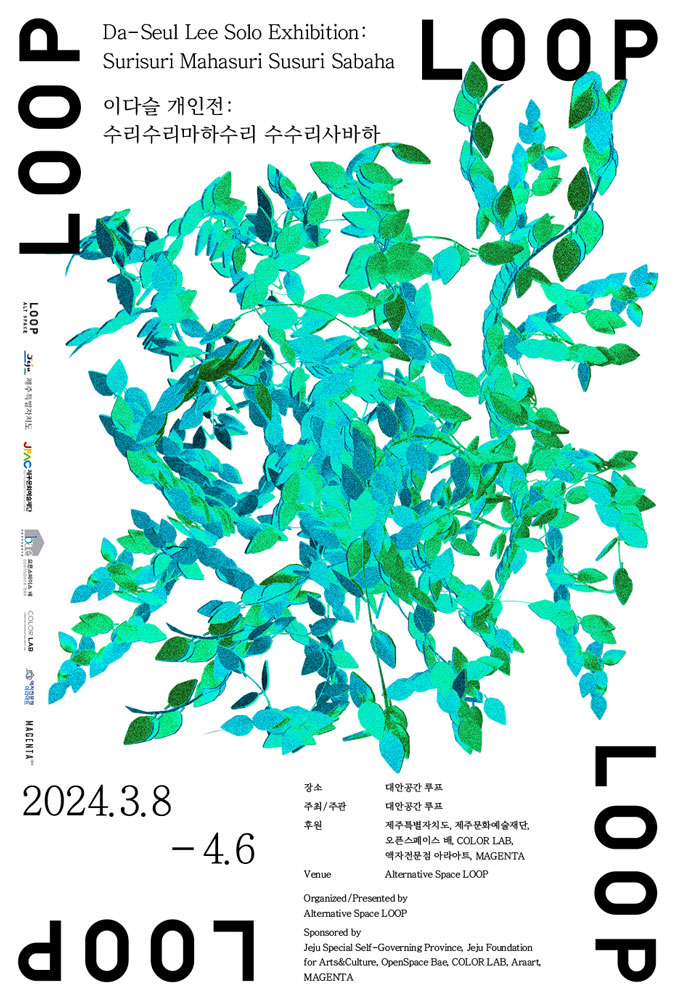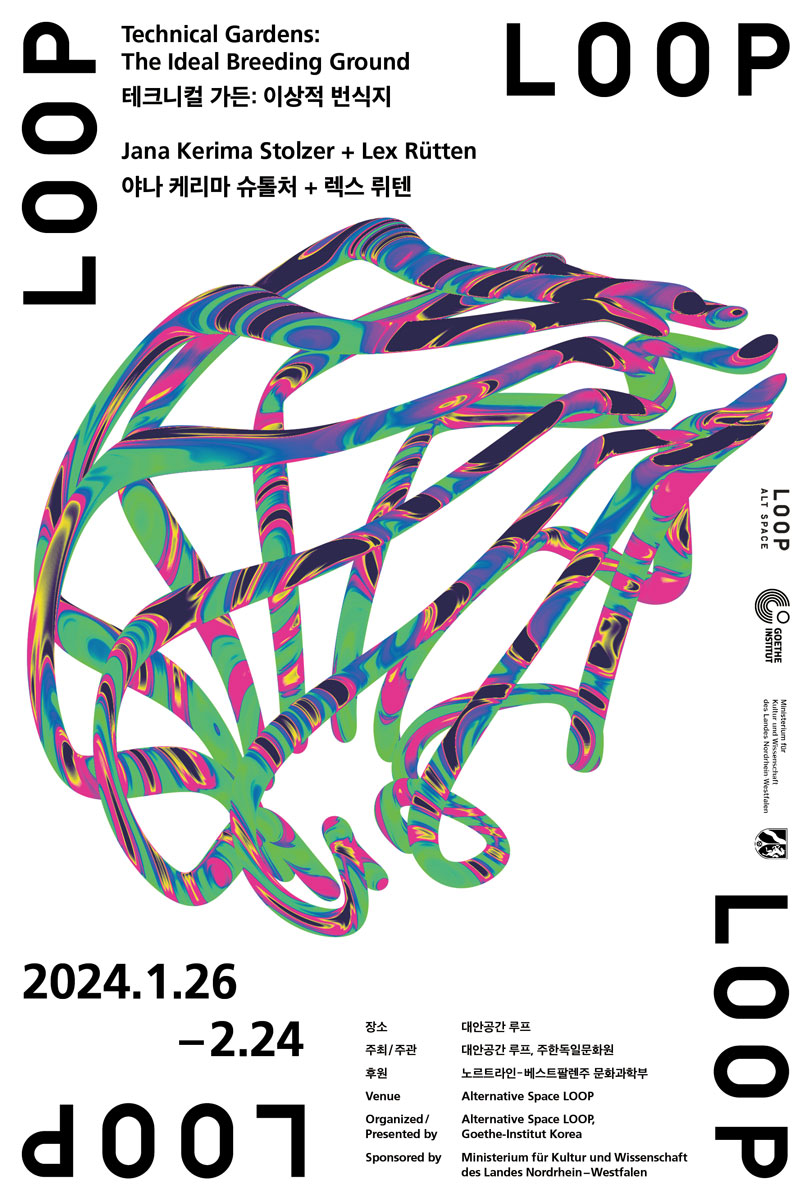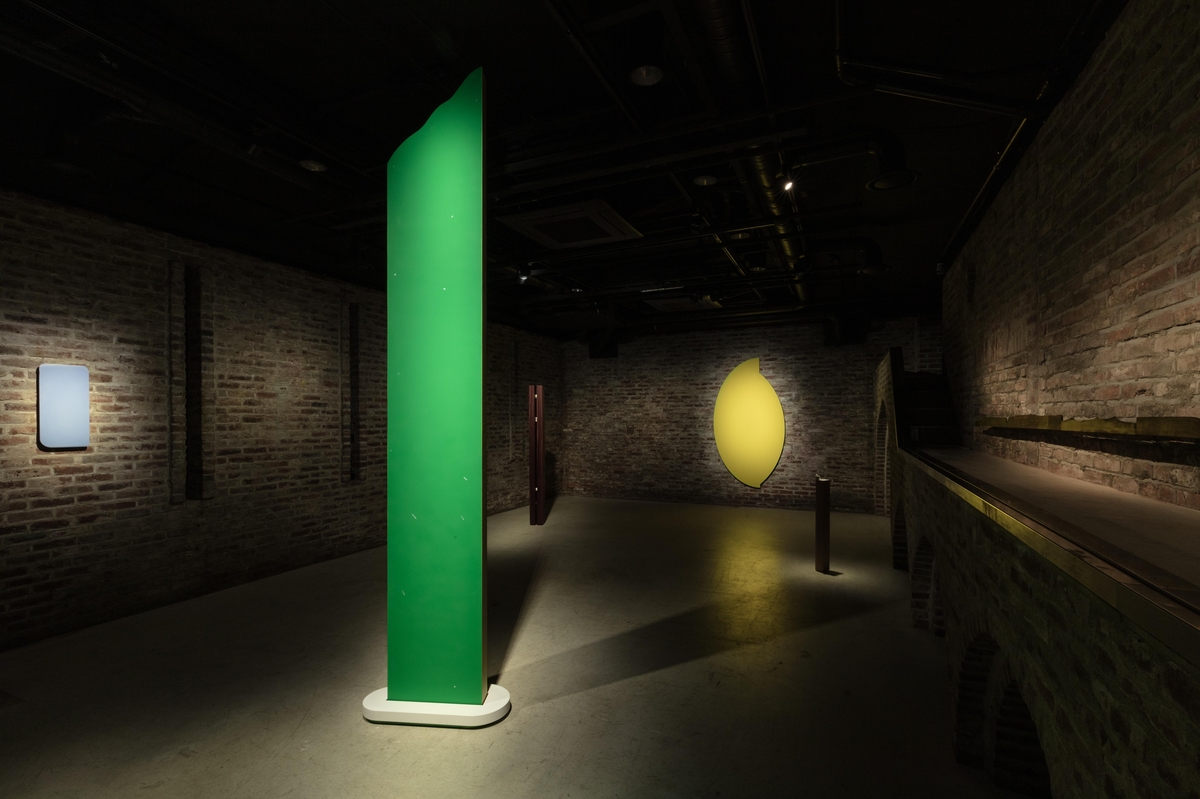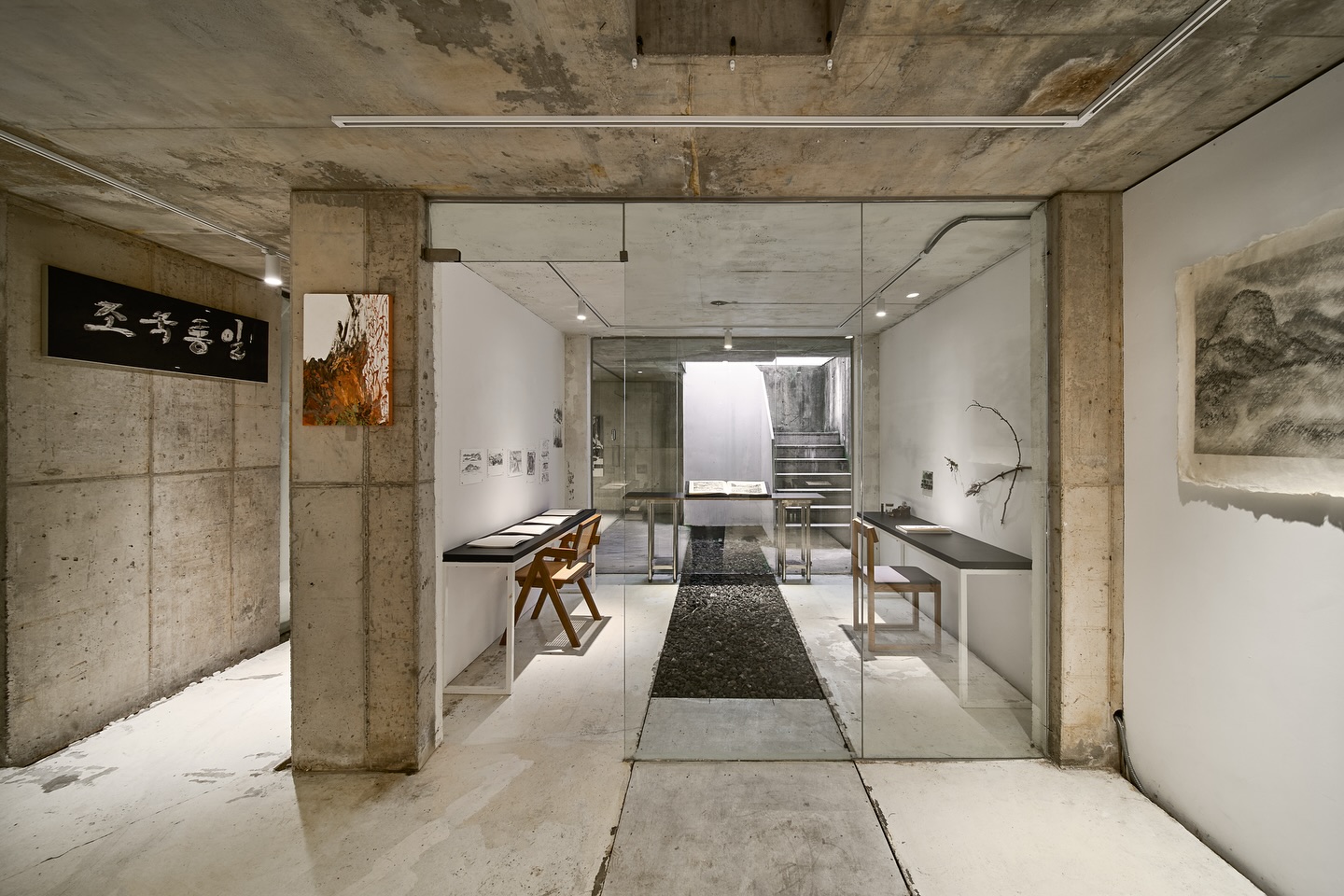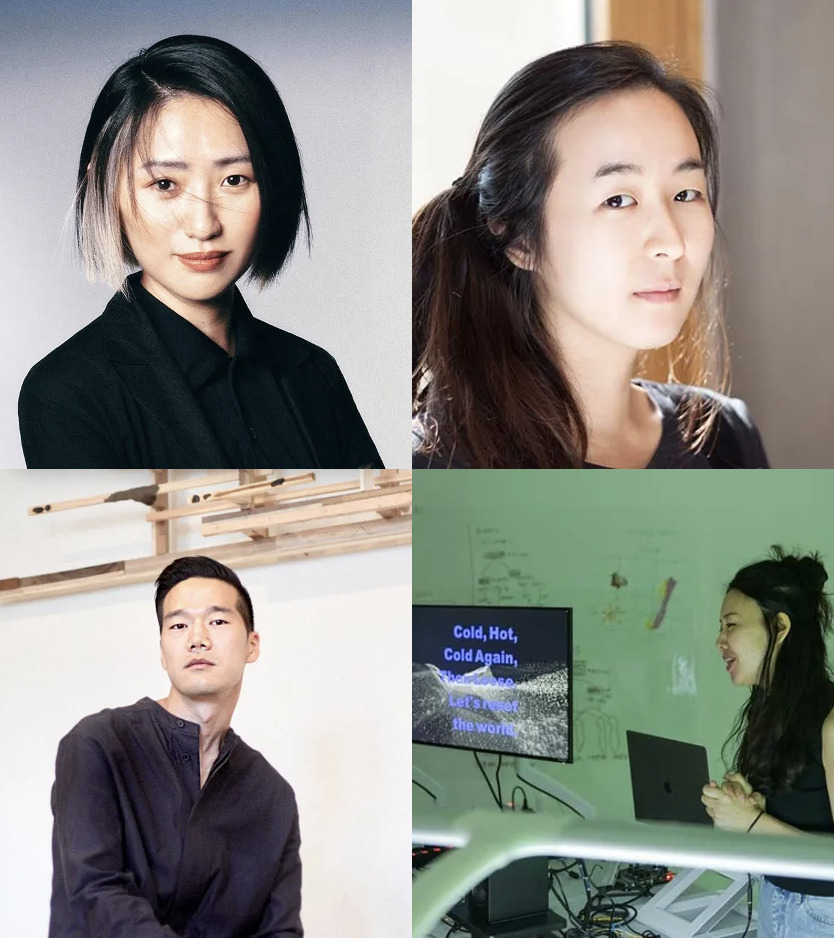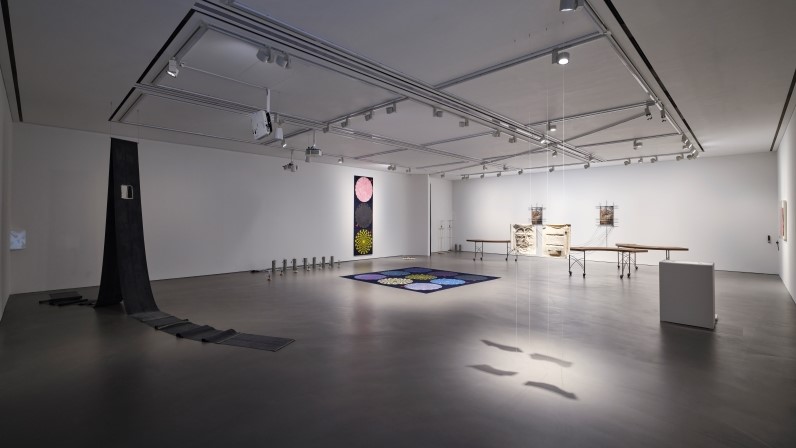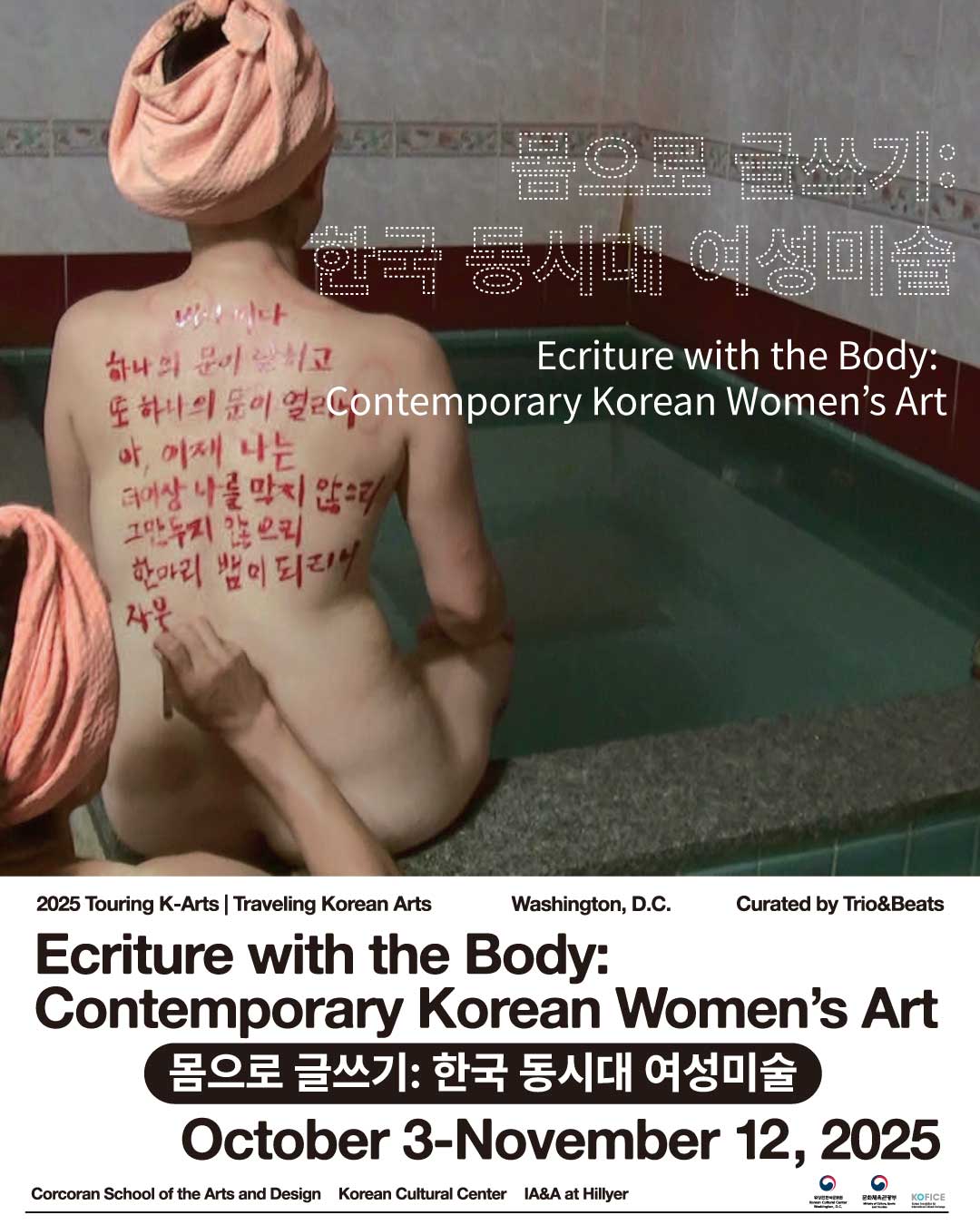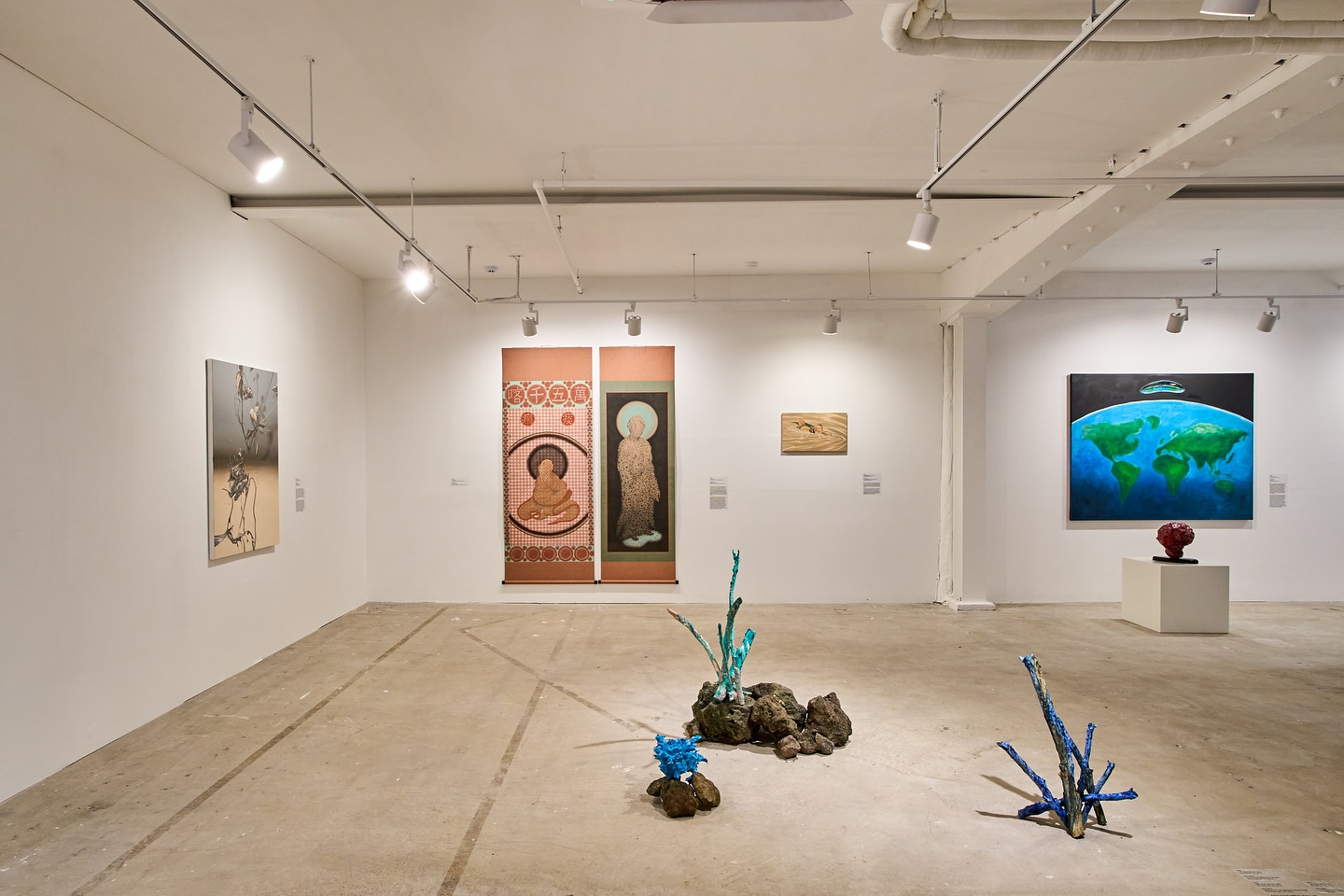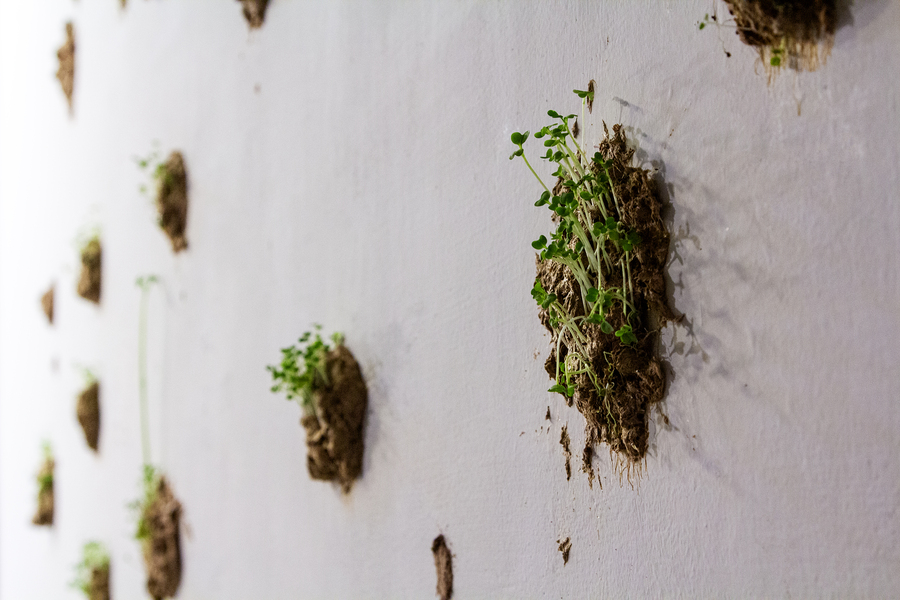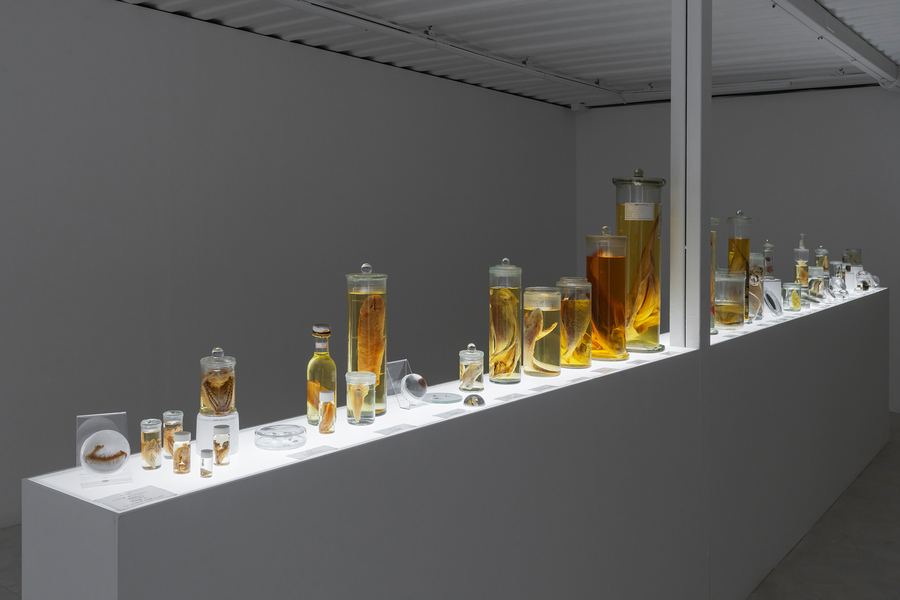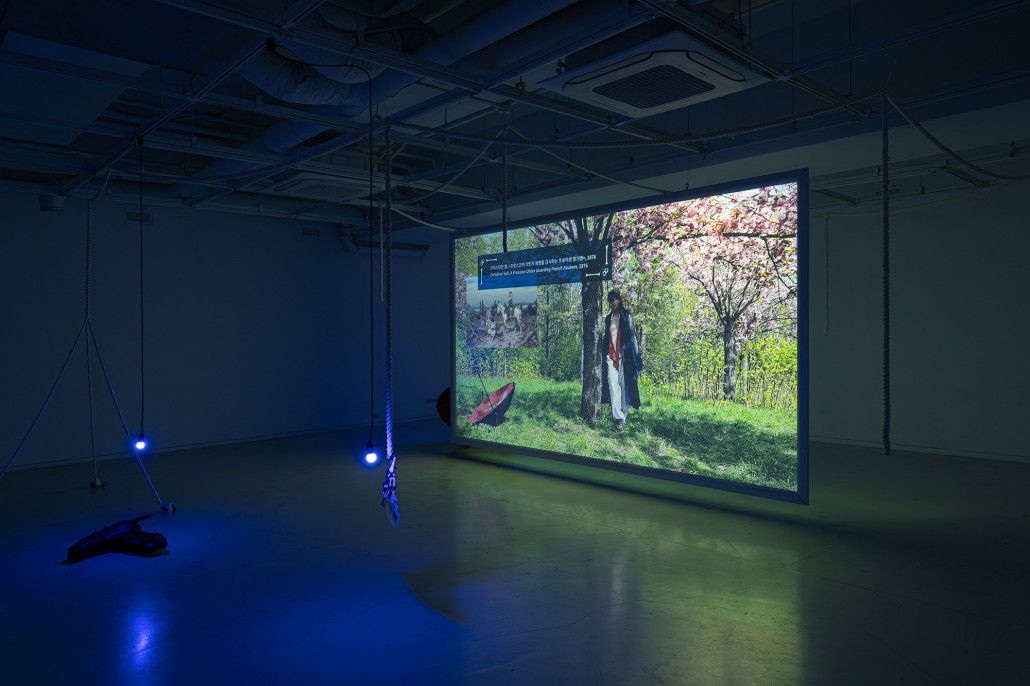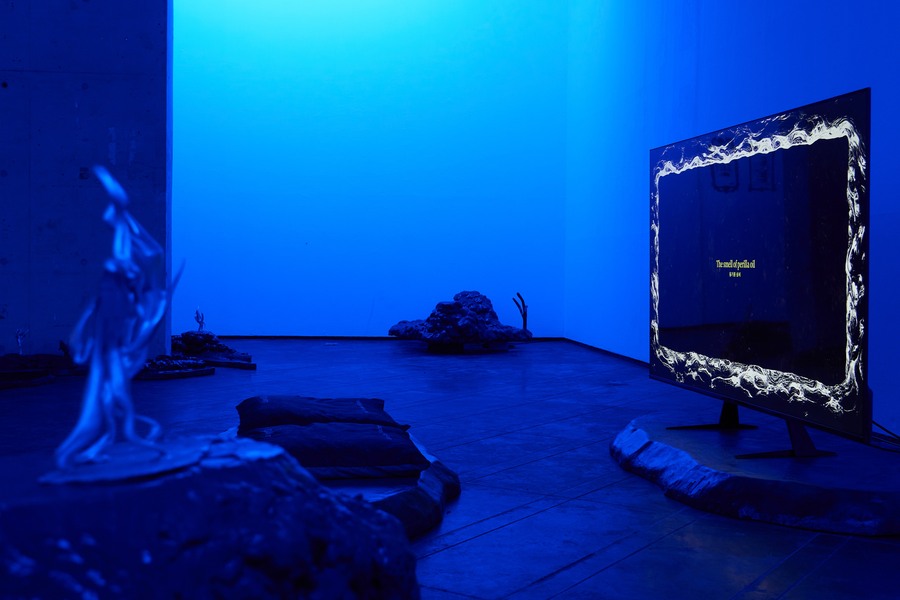 Installation view of 《Casper》 ©Alternative Space LOOP
Installation view of 《Casper》 ©Alternative Space LOOPAlternative
Space LOOP presents a solo exhibition 《Casper》 by artist Lijung, on view through October 1.
A visual
artist Lijung, based in Seoul and Berlin, explores the intersection of personal
memory and social history through photography, video, installation, and text. This
exhibition 《Casper》 is the third in Lijung’s postmemory
series, following 《Korean Ghost》 (2022) and 《Kishin: The Generation of Postmemory》 (2023), both of which addressed modern Korean history, from the
Korean War to the democratization movement.
In this
series, the artist approaches inherited memories across generations through the
lens of postmemory and visualizes silenced narratives through fiction,
interviews, archival materials, and 3D environments. Her practice calls forth
the overlooked traces of memory and brings them into the present.
 Installation view of 《Casper》 ©Alternative Space LOOP
Installation view of 《Casper》 ©Alternative Space LOOP《Casper》
begins with the story of the artist’s maternal grandfather, a
native of Hwanghae Province in present-day North Korea. After Korea’s
liberation from Japanese colonial rule, he joined the Northwest Youth
Association (a far-right anti-communist paramilitary group in South Korea),
while making his living by reselling goods that had circulated out of U.S.
military bases. In the family, his life was shrouded in silence, with no
photograph left behind.
In 《Casper》, Lijung likens her grandfather —
whose traces have long since vanished — to a ghost. Anchored in his story, she
reanimates the erased narratives of those effaced from history without a name,
drawing on family oral histories and archival stories.
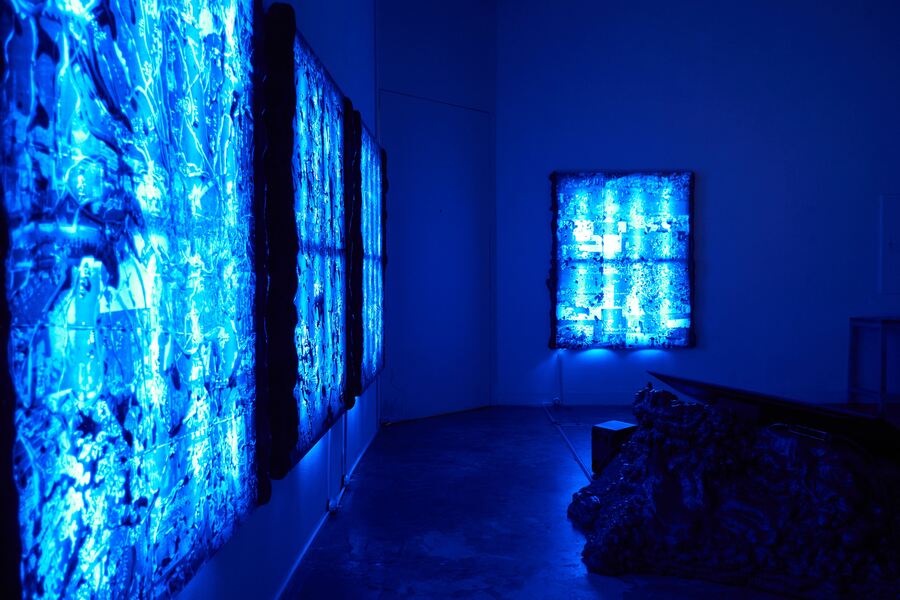 Installation view of 《Casper》 ©Alternative Space LOOP
Installation view of 《Casper》 ©Alternative Space LOOP《Casper》 is the third
in Lijung’s postmemory series, following 《Korean Ghost》
(2022) and 《Kishin: The
Generation of Postmemory》
(2023), both of which addressed modern Korean history, from the Korean War to
the democratization movement.
The title “Casper” is borrowed from the film Casper,
the Friendly Ghost. Unlike the typical ghost tethered to the world by
lingering resentment or regret, Casper wanders the Whipstaff Manor without
knowing his name, how he died, or what kind of life he had lived. Through the
warm image of this friendly ghost—who longs to connect with people—the
exhibition offers consolation to the anonymous figures of history, including
the artist’s grandfather, and to the times in which they lived. The vanished
become Caspers; the exhibition space becomes their manor.



